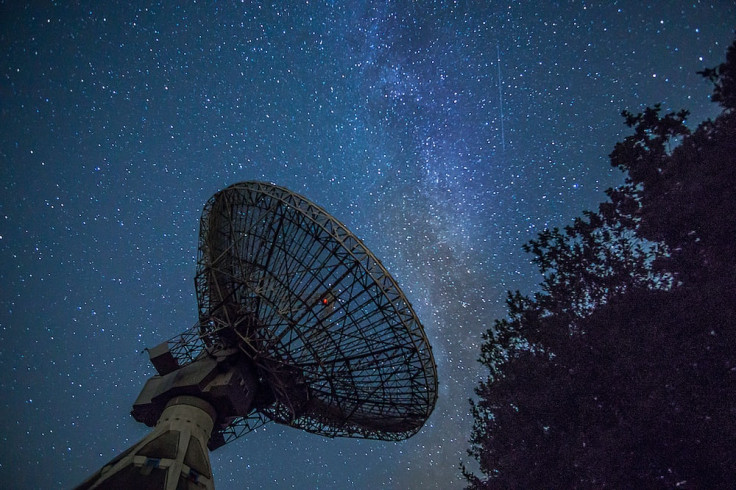South African Mega Telescope To Unravel Mysteries Of Universe

South African officials and scientists are celebrating a major milestone in the construction of the world's largest radio astronomy instrument. The instrument, which is being built in collaboration with Australia, is designed to help unlock the mysteries of the universe.
The instrument, known as the Square Kilometre Array (SKA), will be the world's largest and most sensitive radio telescope and will be used to study some of the most important questions in astrophysics and cosmology.
"Today is a momentous day for all of us as we move closer to building a large, exploratory instrument that can serve our community and advance several scientific frontiers," said Joseph McMullin, deputy director-general at the SKA Observatory (SKAO) intergovernmental organization.
Construction on the world's largest radio-astronomy observatory, the Square Kilometre Array (SKA), begins this week after 30 years of planning and negotiations.
The massive instrument will be built across vast sites in Australia and Africa and will collect radio signals emitted by celestial objects. Scientists hope that the SKA will shed light on some of the most enigmatic problems in astronomy, such as the nature of dark matter and how galaxies form.
South Africa has announced that it will add 133 dishes to its existing 64-dish MeerKAT radio telescope, as part of the next phase of development for the Square Kilometre Array (SKA). The ambitious project will see the creation of a vast array of dish telescopes that will be used to explore the universe in unprecedented detail.
The protected reserve around Carnarvon is the main African base for hundreds of antennae that could eventually be sited as far afield as Kenya and Ghana, reported Reuters.
Furthermore, preparations are underway for building the first batch of giant SKA-Mid dishes. These massive antennas will be spread out over a distance of 150 kilometers in South Africa's dry Karoo region.
SKA-Mid will be made up of an array of 197 dish antennas and will operate between frequency ranges of 350 MHz to 14 GHz.
The SKA will be built in phases, with the first phase expected to be completed in 2028. This first phase will cost $ 1.4 billion, with another $ 700 million set aside for operational costs of the telescopes over the next decade.
© Copyright 2025 IBTimes ZA. All rights reserved.




















